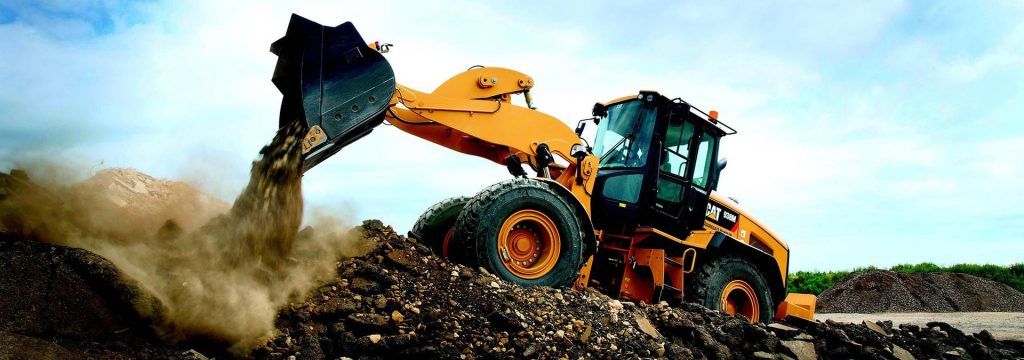California’s 2025 Multifamily Pipeline and What Developers Should Know
California’s housing market in 2025 is a study in contrasts. On paper, starts and permits show meaningful activity in multifamily construction, yet a massive volume of projects remain stalled waiting for funding, entitlements, or viable financing structures. That split matters for developers evaluating where to allocate capital, how to size deals, and when to push forward versus pause.
What the public data shows
Permitting and starts are the most reliable near-real-time indicators available. The U.S. Census Building Permits Survey and California’s Department of Finance collect monthly and state-level permit data, and industry trackers show that multifamily permitting rebounded unevenly in 2025 after a down year in 2024. Regional reports indicate tens of thousands of multifamily starts in the first half of the year, and statewide permit tallies reflect continued, though volatile, activity. Census.gov+1
How many projects were developed thus far in 2025
A precise, statewide count of completed multi-unit properties in 2025 is not published as a single consolidated number. Completions are reported at local levels and aggregated with a delay, so the most defensible statement is that thousands of multifamily units were completed across the state in 2025, but completions lag starts and permits by many months. Using permit and start trends, a reasonable working estimate is that the state saw several tens of thousands of multifamily unit starts during 2025, with a smaller subset reaching completion by midyear. Industry summaries and regional market reports from mid-2025 provide the raw signals for that estimate.
How many projects are currently under development
“Under development” covers both projects under active construction and those that have secured entitlements and financing but have not yet broken ground. Major metro markets such as Los Angeles and Orange County alone reported thousands of units under construction in mid-2025, and statewide active construction likely runs into the tens of thousands of units when the Bay Area, Inland Empire, San Diego, and other regions are included. For example, Los Angeles reported roughly 20,000 units under construction in mid-2025, and Orange County roughly 5,900, which when aggregated with other regional pipelines points to a statewide active pipeline in the multiple tens of thousands of units.
How many projects failed to get off the ground
The number of projects that “failed” to launch is harder to quantify because cancellations and stalls occur at different stages: pre-application, post-entitlement, during financing, or mid-construction. A clear data point is the affordable housing pipeline: Enterprise Community Partners estimated about 44,723 affordable homes were stalled or awaiting critical funding at the start of 2025. That figure demonstrates how funding shortfalls and timing mismatches create large backlogs, even when political will and policy incentives exist. Beyond affordable housing, high-profile stalled or paused market-rate projects were reported in major cities, and surveys of developers indicate that a notable percentage of planned projects have been delayed or cancelled due to rising costs and financing constraints. In short, tens of thousands of units in the broader pipeline are either delayed or at risk, with the affordable segment the most visibly impacted.

What this means for developers
- Expect segmentation. The pipeline is bifurcated. Government-backed and subsidized projects can move forward when awards are secured, while market-rate development remains sensitive to interest rate swings, construction costs, and rent-growth assumptions. Position deals to capture the stable capital available to affordable and mixed-income projects, or structure market-rate projects with contingency strategies for cost and capital shocks. California Housing Partnership
- Underwrite conservatively. Given the number of stalled projects, underwriting must assume longer timelines and higher cost contingencies. Stress test for longer entitlement windows, layered financing delays, and slower leasing ramps.
- Prioritize entitlement and permit capture. Projects that get solid entitlements and shovel-ready status are more likely to attract capital. If the market is congested, focus on de-risking the project early: community buy-in, clean CEQA/NEPA paths where applicable, and lender-ready pro formas.
- Explore public-private partnerships and alternative capital. A large portion of stalled affordable units is waiting on funding. That creates opportunities for developers who can structure deals with tax credits, gap financing, or municipal loan products that solve timing mismatches.
- Monitor regional nuance. Statewide aggregates hide very different regional dynamics. Markets with land availability and lower entitlement friction are moving faster. Metro areas with old, complex sites show larger stalled inventories and require deeper technical and political expertise.
Conclusion
California’s 2025 multifamily environment is active yet fragile. Thousands of units are being built, many more are permitted and under development, and a significant backlog of stalled projects – especially in affordable housing – shows that funding and execution remain the choke points. For developers, the path forward is to underwrite defensibly, prioritize shovel-ready assets, and innovate in financing to capture opportunities where others are stalled. Those who can navigate permits, entitlement risk, and funding timing stand to benefit when the market cycle stabilizes and capital returns at scale.
